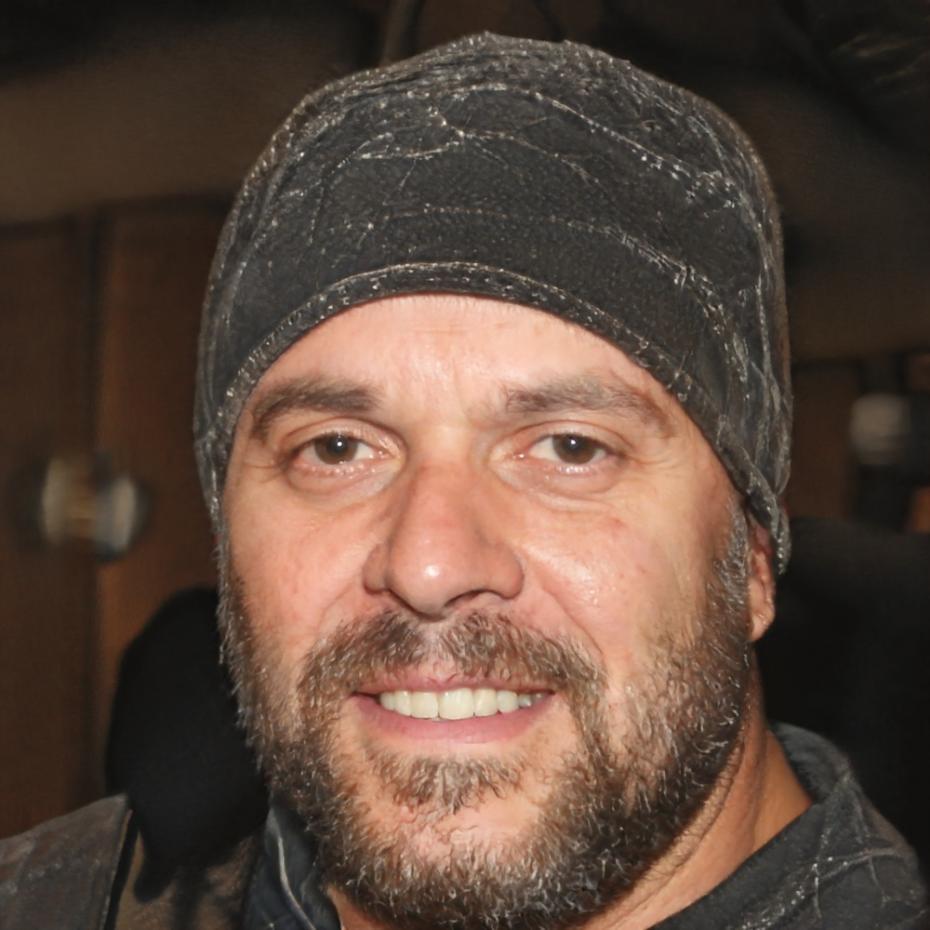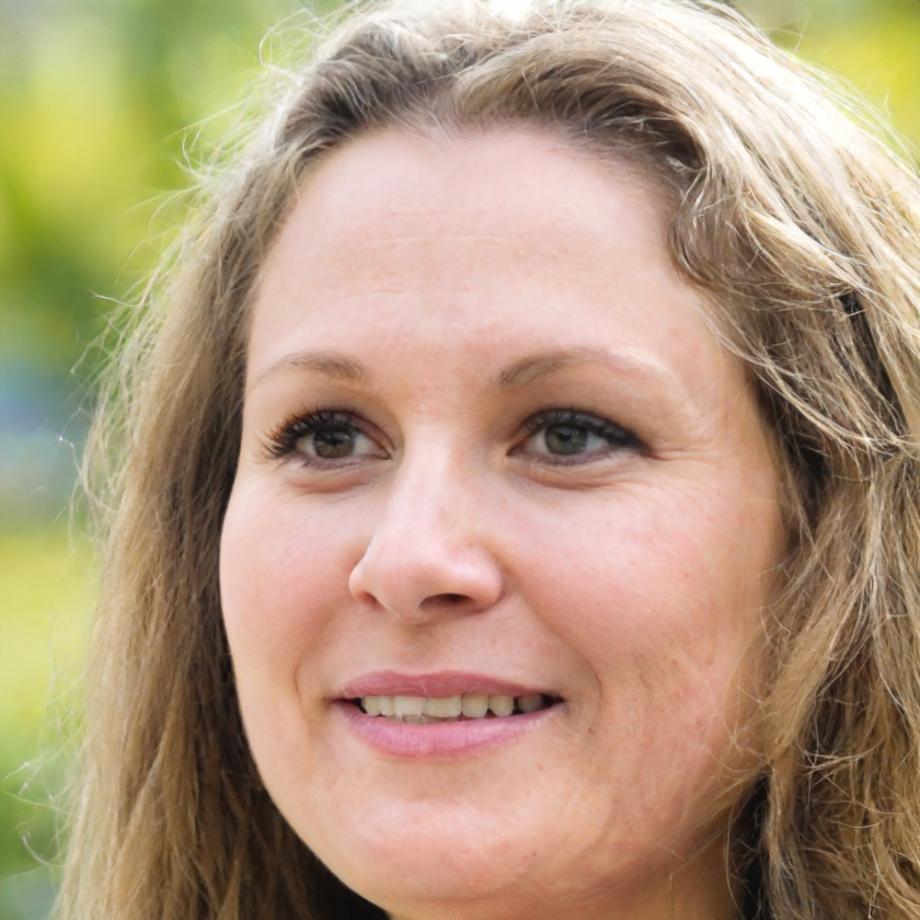Build 3D Worlds That Matter
Nine months of hands-on training in game level design. You'll work with real engines, solve actual design problems, and leave with a portfolio that shows what you can do.
Next intake: September 2025What Actually Happens Here
Most people starting out don't have a clear picture of level design. They've played games and think "I could do that" – which is fair. But there's a gap between playing and creating.
Our program focuses on that gap. You start with spatial thinking and basic geometry. By month three, you're working in Unreal Engine. By month six, you're tackling problems like pacing, player guidance, and environmental storytelling.
The hard part isn't learning the software. It's understanding why a corridor feels right at this width and wrong at that one. Why players naturally turn left here. Why this vista moment lands and that one doesn't.
We spend a lot of time on iteration. Your first version of anything will have issues. That's expected. The skill is in recognizing what's not working and knowing how to fix it.

How the Nine Months Break Down
Foundation Phase
Core concepts of 3D space, basic modeling, understanding player perspective. You'll work on paper layouts before touching any software.
We cover composition, sightlines, and how humans navigate spaces. Sounds dry, but this foundation saves months of confusion later.
Months 1-2Engine Training
Unreal Engine from the ground up. Asset placement, lighting basics, material application. Building functional spaces that run smoothly.
You'll make plenty of mistakes here – performance issues, lighting problems, navigation bugs. Good. That's how you learn what not to do.
Months 3-4Design Principles
Pacing, difficulty curves, environmental storytelling. How to guide players without being obvious about it. Combat spaces versus exploration areas.
This is where the artistic side comes in. Technical skills matter, but so does having something to say with your spaces.
Months 5-6Specialization
Choose your focus – multiplayer maps, narrative-driven environments, or open-world design. Different genres need different approaches.
You'll work on a project that matches your interests while getting feedback from people who've shipped actual games.
Months 7-8Portfolio Development
Polish your best work. Learn how to present it. Understand what studios look for in entry-level designers.
Your portfolio needs to show range and depth. We'll help you pick projects that demonstrate both, then refine them until they're solid.
Month 9Industry Context
How studios work, team dynamics, production pipelines. Guest talks from working designers about the realities of the job.
This runs throughout the program. You need context for what you're learning and where it fits in actual game development.
OngoingSchedule and Logistics

What to Expect
Tuesday and Thursday evenings, 6pm to 9pm, plus Saturday mornings 10am to 1pm. About 16 hours per week including project time.
C. Alcolecha, Nº 15, 3ºI, 03014 Alicante, Spain. Lab access available outside class hours for portfolio work.
No prior experience required. You need a decent computer and willingness to put in hours outside class. Portfolio requirements come later.
Maximum 18 students per cohort. Allows for individual feedback while maintaining different perspectives in critiques.
Applications Open June 2025
We'll review applications on a rolling basis through August. Early submission helps but quality matters more than timing.
Get Program Details

